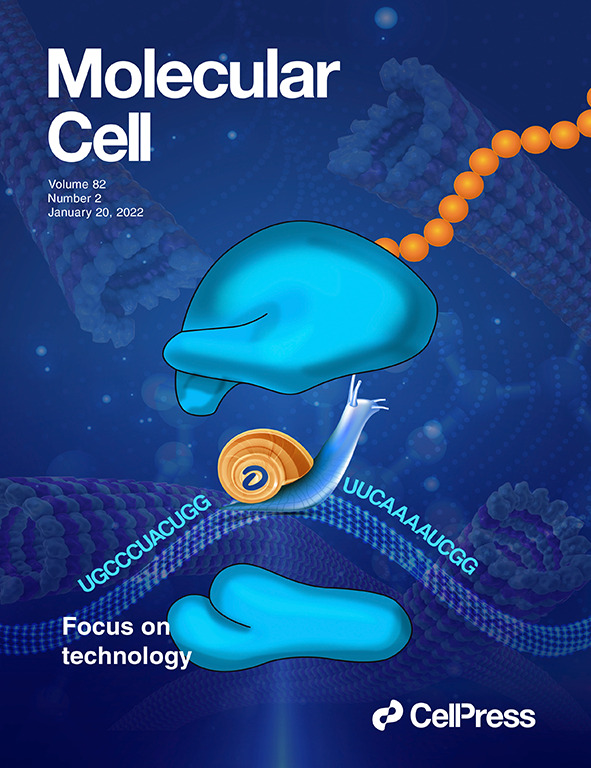Intestinal bacteria-derived extracellular vesicles in metabolic dysfunction-associated steatotic liver disease: From mechanisms to therapeutics
IF 6.5
3区 生物学
Q2 BIOCHEMISTRY & MOLECULAR BIOLOGY
引用次数: 0
Abstract
Metabolic dysfunction-associated steatotic liver disease (MASLD) is a progressive disease that affects the health of approximately one-third of the world's population. It is the primary cause of end-stage liver disease, liver malignancy, and liver transplantation, resulting in a great medical burden. No medications have yet been approved by the US Food and Drug Administration for treating MASLD without liver inflammation or scarring. Therefore, the development of specific drugs to treat MASLD remains a key task in the ongoing research objective. Extracellular vesicles (EVs) play an important role in the communication between organs, tissues, and cells. Recent studies have found that intestinal microbiota are closely related to the pathogenesis and progression of MASLD. EVs produced by bacteria (BEVs) play an indispensable role in this process. Thus, this study provides a new direction for MASLD treatment. However, the mechanism by which BEVs affect MASLD remains unclear. Therefore, this study investigated the influence and function of intestinal microbiota in MASLD. Additionally, we focus on the research progress of BEVs in recent years and explain the relationship between BEVs and MASLD from the perspectives of glucose and lipid metabolism, immune responses, and intestinal homeostasis. Finally, we summarized the potential therapeutic value of BEVs and EVs from other sources, such as adipocytes, immunocytes, stem cells, and plants.

肠道细菌来源的细胞外囊泡与代谢功能障碍相关的脂肪变性肝病:从机制到治疗
代谢功能障碍相关的脂肪变性肝病(MASLD)是一种进行性疾病,影响着世界上大约三分之一的人口的健康。它是导致终末期肝病、肝恶性肿瘤和肝移植的主要原因,造成巨大的医疗负担。美国食品和药物管理局还没有批准治疗MASLD而不引起肝脏炎症或疤痕的药物。因此,开发治疗MASLD的特异性药物仍然是正在进行的研究目标中的关键任务。细胞外囊泡(EVs)在器官、组织和细胞之间的通讯中起着重要作用。近年来的研究发现,肠道菌群与MASLD的发病和进展密切相关。细菌生产的电动汽车(bev)在这一过程中发挥着不可或缺的作用。本研究为MASLD的治疗提供了新的方向。然而,电动汽车影响MASLD的机制尚不清楚。因此,本研究探讨了肠道菌群对MASLD的影响和功能。此外,我们重点介绍了bev近年来的研究进展,并从糖脂代谢、免疫反应、肠道稳态等方面阐述了bev与MASLD的关系。最后,我们总结了其他来源的bev和ev的潜在治疗价值,如脂肪细胞、免疫细胞、干细胞和植物。
本文章由计算机程序翻译,如有差异,请以英文原文为准。
求助全文
约1分钟内获得全文
求助全文
来源期刊

Molecules and Cells
生物-生化与分子生物学
CiteScore
6.60
自引率
10.50%
发文量
83
审稿时长
2.3 months
期刊介绍:
Molecules and Cells is an international on-line open-access journal devoted to the advancement and dissemination of fundamental knowledge in molecular and cellular biology. It was launched in 1990 and ISO abbreviation is "Mol. Cells". Reports on a broad range of topics of general interest to molecular and cell biologists are published. It is published on the last day of each month by the Korean Society for Molecular and Cellular Biology.
 求助内容:
求助内容: 应助结果提醒方式:
应助结果提醒方式:


